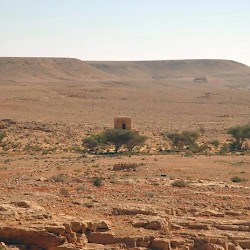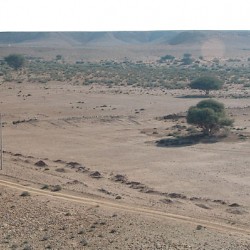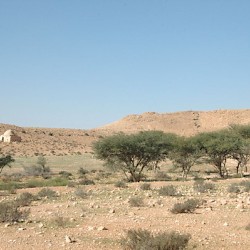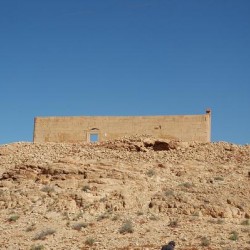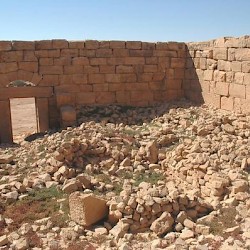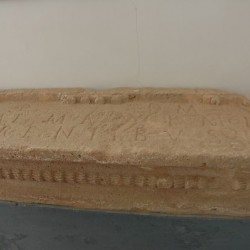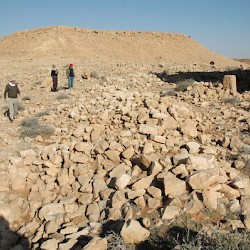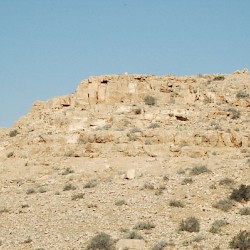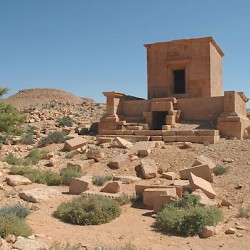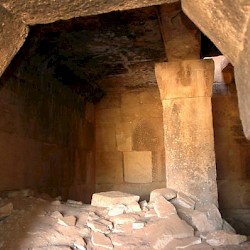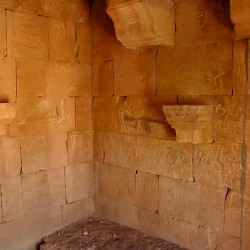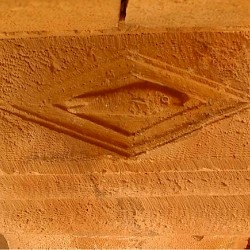Qasr Banat (Qasr Isawi)
Q2641357Qasr Banat or Qasr Isawi: modern name of an ancient fortified farm, part of the Limes Tripolitanus.
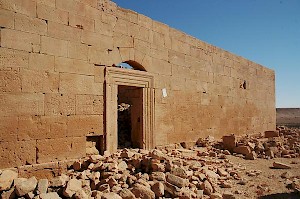
Qasr Banat was built by the Romans, who called these buildings centenaria. They were built in the mid-third century, when the Third legion Augusta had been disbanded and the people along the desert frontier (the Limes Tripolitanus) had to start to defend themselves. Because the centenaria were built according to standard designs, the Qasr Banat farm looks a lot like the one at Gheriat esh-Shergia.
It is situated on a steep hill along the Wadi Nefud, close to the confluence with another wadi. The dams in the wadis are ancient. In the neighborhood, you will also find a well that is often frequented by modern shepherds; there is a white, more recent sanctuary of a Muslim saint about 400 meters east of it. In this direction, you can also see the ancient quarry, where the stones were cut to build the centenarium.
The centenarium remained in use for centuries; in the area surrounding it, you can see medieval walls and several buildings that have, in the meantime, collapsed. The walls of th centenarium, however, has survived in nearly perfect condition.
The nearby mausoleum, which is even better preserved, consists of two rooms. It it of the "temple type" that is also known from Ghirza's northern cemetery. In the lower room, the people were buried, you can still see traces of the ancient decoration. One of the common themes is the fish, which is in this arid zone a predictable symbol of eternal life; it is interesting to notice that the nomadic tribes of the Libyan and Egyptian desert still a very common motif. The upper room was probably used for pick nicks; the people gathered, commemorated their ancestors, had a drink, and poured a libation through a hole in the ground, into the room with the tombs.
Literature
In Graeme Barker e.a., Farming the Desert. The UNESCO Libyan Valleys Archaeological Survey (1996), Qasr Banat is recorded as Nf37. The mausoleum is Nf38.
